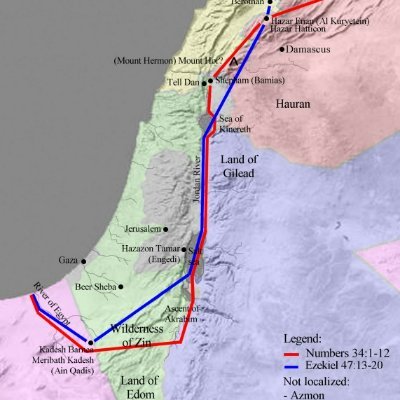
@TheHistoryOfTh5
The History Of The Land Of Israel podcast is the only one with the guts to survey the most provocative narrative. Email: historylandisrael @gmail .com

@TheHistoryOfTh5
The History Of The Land Of Israel podcast is the only one with the guts to survey the most provocative narrative. Email: historylandisrael @gmail .com